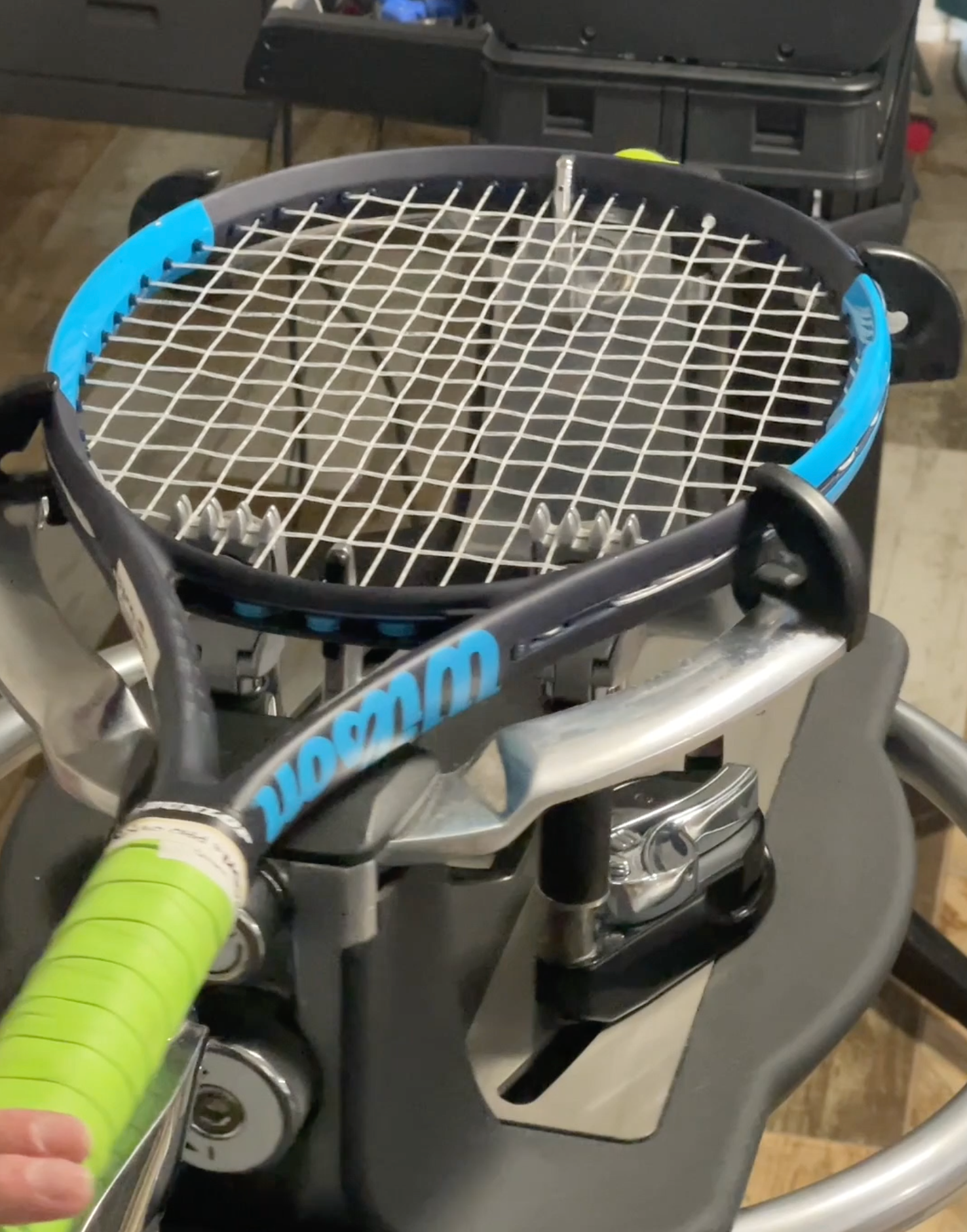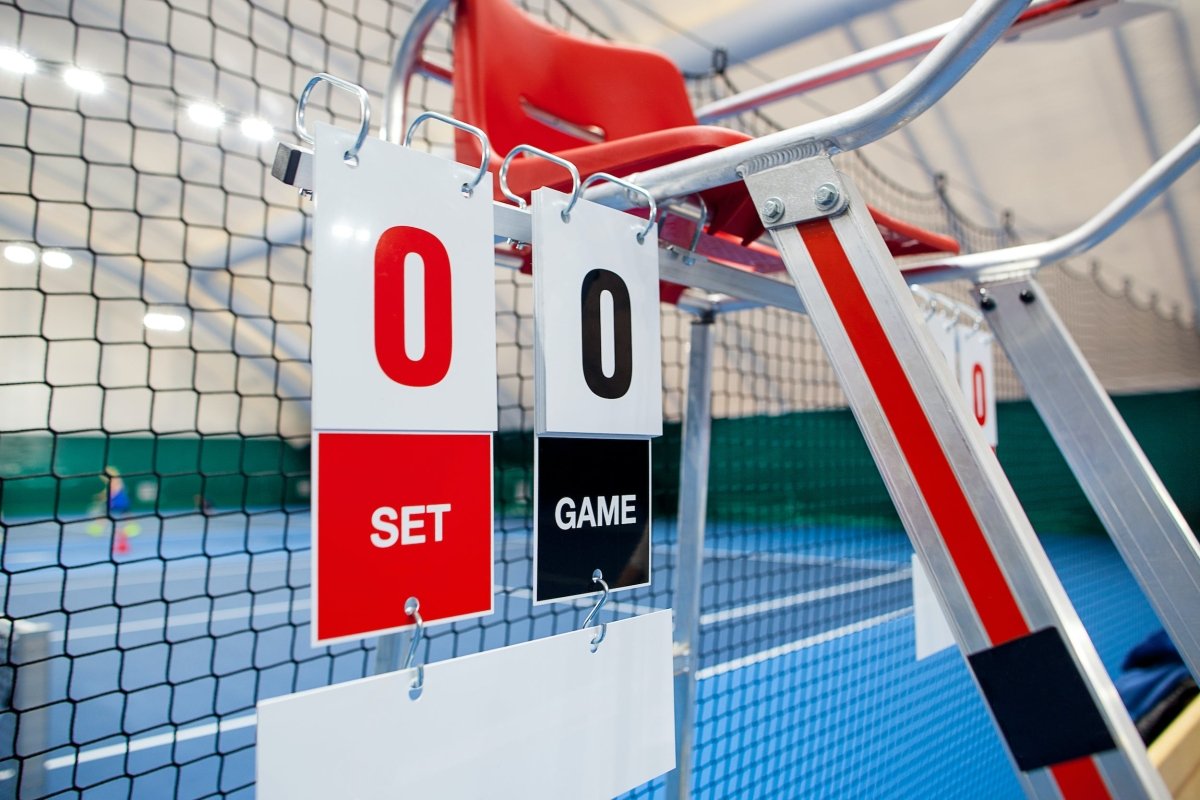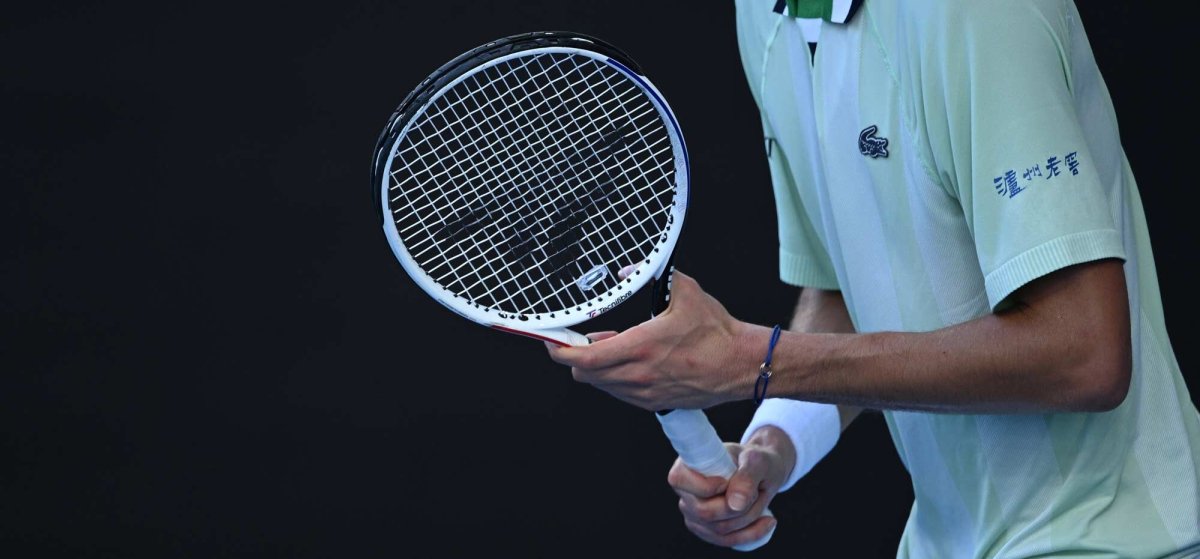In the world of racket sports, padel and tennis are two popular games that share many similarities. However, there are distinct differences between the two, especially when it comes to the balls used in each sport. This article explores the key differences between padel balls and tennis balls, providing valuable insights for both sports enthusiasts and those looking to understand the intricacies of these games.
Size and Weight
Padel Balls: Dimensions and Weight
Padel balls have a slightly smaller diameter, ranging from 6.35 cm to 6.77 cm, while tennis balls have a diameter of 6.54 cm to 6.86 cm. In terms of weight, both types of balls weigh between 56 and 59.4 grams, making them virtually indistinguishable by weight alone.
Bounce and Pressure
The Impact of Internal Pressure
The internal pressure of a ball significantly impacts its bounce and performance during play. Padel balls have a lower internal pressure than tennis balls, which results in a higher, slower bounce. This difference in bounce is regulated to accommodate the enclosed padel court and the walls that keep the ball in play during a match.

Material Composition
Core and Covering Differences
Padel balls and tennis balls are made from similar materials, with both having a rubber core and a felt covering. The rubber core provides the ball with its bounce and responsiveness, while the felt covering adds grip and enhances control. The felt on a padel ball is thicker and denser than that on a tennis ball, allowing for better control and spin.
Surface and Durability
Comparing Surface Textures and Longevity
The surface of a padel ball is slightly rougher than that of a tennis ball, which can affect the way it grips the court surface and the bounce. This difference in surface texture can also impact the durability of the ball, as padel balls may wear out more quickly due to the increased friction and pressure on the felt.
Conclusion
In conclusion, padel balls and tennis balls have several differences that set them apart in terms of size, weight, bounce, pressure, material composition, and surface. These differences are designed to cater to the unique characteristics of each sport, ensuring optimal performance and enjoyment for players. Understanding these distinctions can help players make informed decisions when choosing the right ball for their game, whether it be padel or tennis.









Leave a comment
All comments are moderated before being published.
This site is protected by hCaptcha and the hCaptcha Privacy Policy and Terms of Service apply.